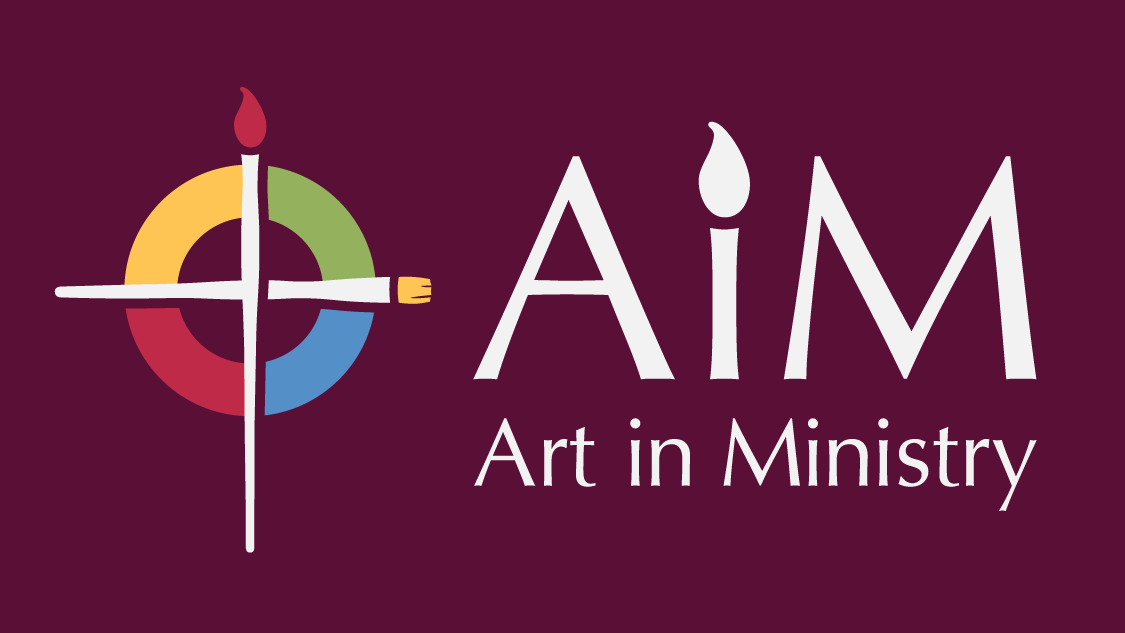Late Medieval Art Memes

The Original Memes
Modern-day people love to bash the art of the Middle Ages for its awkward poses, inaccurate animal depictions, and strangely mature babies. This makes it great fodder for the Internet meme.
But if you look closer at Medieval art, they also enjoyed a good joke. Medieval humor tended to be about ridicule and the inversion of expectations.
The scene of Attack on the Castle of Love was so popular that it went viral in its own way: being carved on ivory mirror cases, caskets, and container lids. Women are shown defending a castle from men–but with roses instead of arrows. The romantic reversal imagery made the ivory trinkets perfect gifts for courtship.
Engaging with Artwork through Humor
One of the challenges of teaching art history is how to get students to really look at art, and how to measure and assess their discoveries. The irreverence of memes can provide a gateway for students to notice things in the artwork that they might not have seen otherwise. This can lead to discussions on artist choice and cultural context.


In Art History II at Bethany Lutheran College, Professor Jason Jaspersen had his students choose an artwork from the Late Medieval period to turn into a meme. Students could use whatever programs they wished; the only requirement was some sort of text overlay.
As we learned in that class, simply listening and taking notes isn’t enough—to truly learn something, you need to reflect, apply, reframe, or recreate the information. You can do that by explaining it to someone (The Phone Call), juxtaposing it with something else (The Mix), or creating something new inspired by it (The Replica). A meme would probably fall under The Mix, but you could also create a more informative textual overlay of the artwork.
This could be an opportunity to explore memes and Internet comics as an art form—it’s not unlikely that your digital artists may create webcomics someday, and it would be inspiring to explore how it has shaped our culture.


The concern may come up that students could uncover more disturbing images as they scour the Internet for cringe-y artwork, so depending on their level you may want to limit it to specific pieces or use an online gallery that you’ve already previewed.
It may also be a good idea for students to disclose which artwork they used in their meme, in case the class wants to look at the artwork in context. It’s also just good practice to cite the source, though memes and educational use generally can get by with using copyrighted images. If students are shy about sharing their memes (humor is a vulnerable thing to create and not everyone has the same sense of humor), you could display them anonymously with the class.
Any piece of art from any art period could lend itself to memes—but the more you meme an artwork, the less viewers are able to truly see it for itself. Famous artworks such as the Mona Lisa and The Last Supper especially suffer from this veil. For this reason I wouldn’t overuse this assignment, even though it’s easy to assign and grade as a pass/fail.



